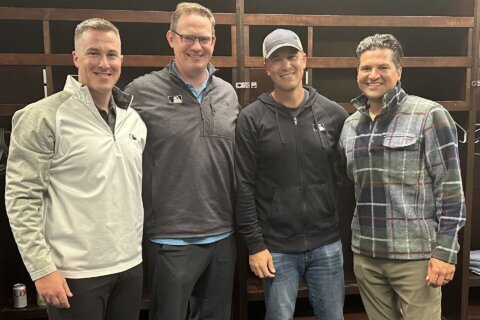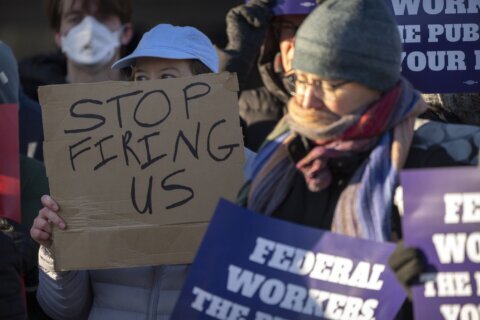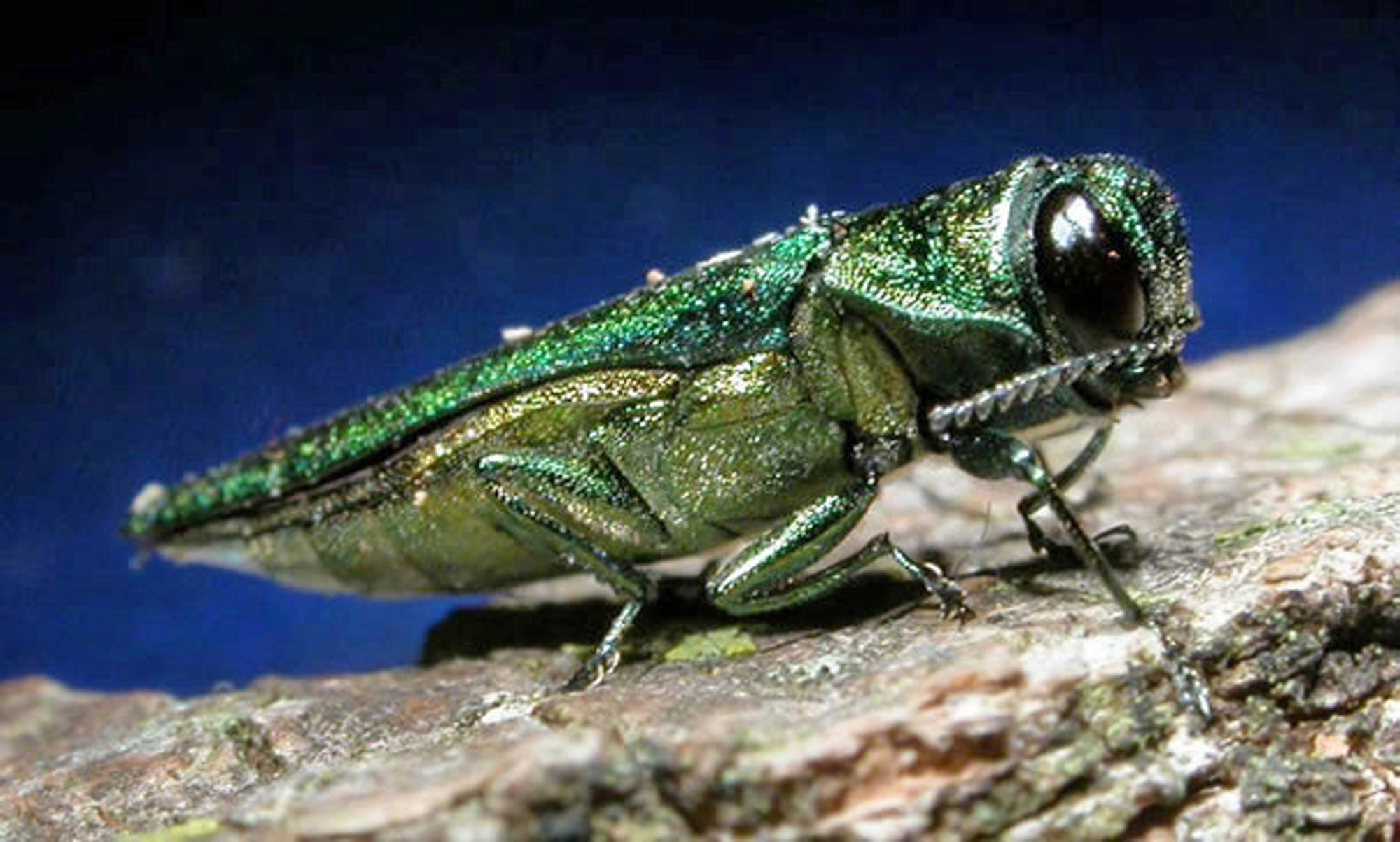
In the D.C. region, conversations often start with, “What do you do?” WTOP’s series “Working Capital” profiles the people doing the work that makes the region unique.
The 2025 MLB baseball season is underway, and while the teams on the field are competing to get to the World Series in October, there is a third team on the field every night: the umpires.
It is one of the toughest careers to obtain and one of the most scrutinized jobs in sports, being a Major League Baseball umpire. There are only 76 full-time umpires, and three of them — Chris Segal, and umpires Brennan Miller and Ryan Wills — live in Northern Virginia.
All got their start in Northern Virginia baseball, first as ballplayers and then calling amateur baseball, then eventually attending professional umpire training programs in Florida, beginning a slow climb that can take up to 10 years, with no guarantees in the Minor Leagues before getting hired at the Major League level.
“I worked Little League games in high school for extra cash, and when I graduated from high school, I got involved with the Northern Virginia Baseball Umpires Association, which works all the high school and college games in the D.C. metro area,” Segal said. “Some of the older, more experienced umpires said, ‘have you ever thought about going to umpire school?'”
The three were scheduled to umpire the Washington Nationals vs. Baltimore Orioles preseason game on March 24, along with AAA call up umpire Charlie Ramos, but the game was called on account of rain.

He said his ties to the D.C. area and the strong local baseball programs in Northern Virginia helped him as a young ballplayer and later as an umpire.
“When I was in high school, I worked summer ball and Little League games, then when I graduated from high school I got involved with the Northern Virginia Baseball Umpires Association and I started working college games when I was in school in this area,” he said.
“The games I worked with some really strong D.C. area umpires really provided me a good foundation to advance. Baseball in our area is very competitive and having both played the game and umpired it in this area was very helpful.”
Segal graduated from St. Mary’s College in Maryland where he played baseball as a catcher and an outfielder and decided to give professional baseball a try.
John Porter is the longtime Commissioner of the mid-Atlantic Umpires Association, and he said it was apparent early on that Segal, like Miller and Wills, had the talent to be professionals.
“Chris went to a one-week camp in Florida, and I saw him there and he wanted to take it to a higher level,” Porter said. “I said this guy could be a very good professional umpire. There is a physical talent that goes along with umpiring. Chris has that. He had good physical skills. He moves well and it was the just the right time for him. He was a prime candidate,” he said.
In the winter of 2006, Segal enrolled at the Jim Evans Umpire Academy, run by a longtime MLB umpire. He graduated near the top of his class and secured a job. But it took him 14 seasons in the Minor League system before he got the call. The apprenticeship is longer than what a brain surgeon or anesthesiologist goes through before they are board certified.
Beginning in 2014, he was deemed a prospect for a full-time MLB job, so for the next six seasons he worked in Minor League Baseball at both the AAA level and part-time in MLB, calling 637 MLB games and hundreds of MiLB games, shuffling between ballparks and cities and logging tens of thousands of frequent flyer miles.
In 2020, there was a full-time opening on the MLB staff and Segal got the call he was waiting for. He had finally made it.
Every umpire who has ever made it to MLB has followed the same, often grueling path. The numbers are daunting. In 2006, the year Segal went to the umpire school there were more than 250 candidates, at the Evans Academy and the competing Wendelstedt Umpire School attempting to secure one of the 50 MiLB jobs open that year.
From that small subset of 50, only five made it to the Major Leagues and the Class of 2006 is considered one of the largest groups to ever make it.
“I was very fortunate. We had a lot of openings that year and several of us are now in the Big Leagues together,” Segal said.
“You have to be the right age, have the physical tools and the mental toughness to make it and all three of these umpires, Chris, Brennan and Ryan have what MLB was looking for.”
The schedule of an MLB umpire is very difficult. A typical month may have them working as many as 25 games in seven or eight different cities, with several early morning crew calls, following a night game, where the four umpires who usually travel together, have to get to their next city that morning for a night game at 7 p.m.
During the season, which starts with Spring Training in late February and won’t end until late October if they’re selected for the playoffs, an umpire will fly more than 100,000 miles and spend 150 plus nights in hotels and work an average of 125 games and also spend 14 days in the MLB’s replay headquarters, reviewing calls made by their colleagues on the field.
To put this into perspective, the average NBA or NHL official works no more than 65 regular season games and an NFL official will work between 18 to 20 games.
Under a new five-year contract just signed in December, a new MLB umpire is making $200,000 a year, and veteran Crew Chiefs with 20 years of seniority are at nearly $700,000. All of their travel expenses are paid for by MLB.
Segal is also giving back to the community as a member of the Board of Directors of the Edgewater, Maryland-based nonprofit, Umps Care. The charity provides financial and in-kind and emotional support for America’s youths and families in need. During the season, Umps Cares provides VIP experiences for young people and college scholarships.
“I got involved with Umps Care when I was in the minor leagues. It’s a great way to help people and show that umpires aren’t just robots out there on the ‘dark side,'” Segal said.
“I like to bring kids to the ballpark, and we’ll do three or four events during the season and now we’re working with the Wounded Warrior Umpire Academy, trying to help the veterans. These are great people, and I enjoy it a lot.”
Segal considers himself grateful to have been one of the umpires from his class who made it to MLB, where most umpires will work an average of 20 to 25 years and call more than 3,000 games before retiring.
“I have a job that I love. I’ve played baseball since I was a little kid and now, I work every night on a baseball field with the best players in the world,” Segal said. “I don’t take for granted what I do and how fortunate I am to be here.”
Get breaking news and daily headlines delivered to your email inbox by signing up here.
© 2025 WTOP. All Rights Reserved. This website is not intended for users located within the European Economic Area.











